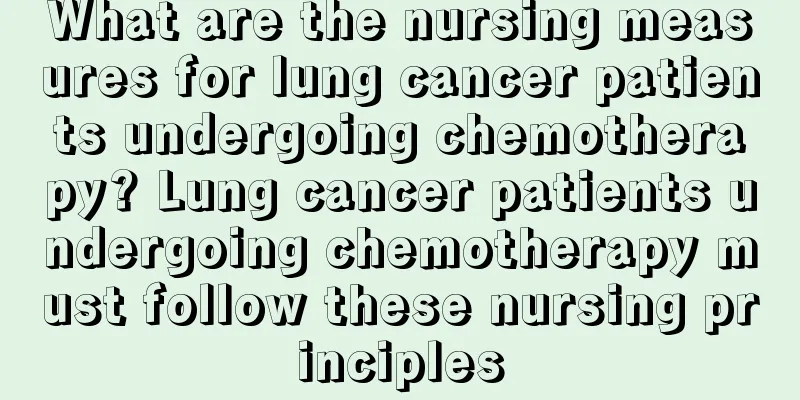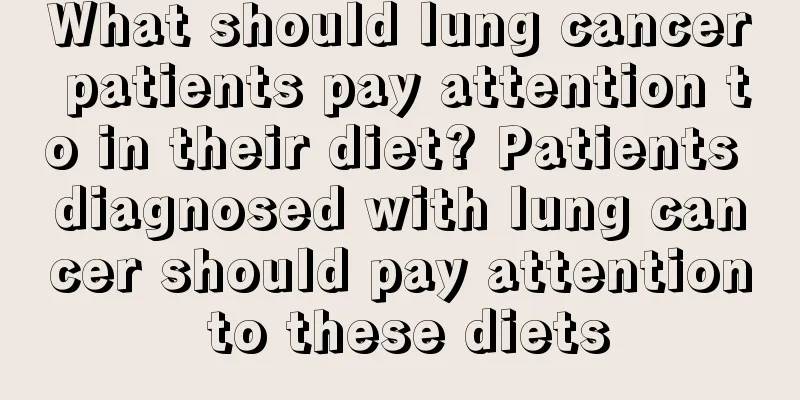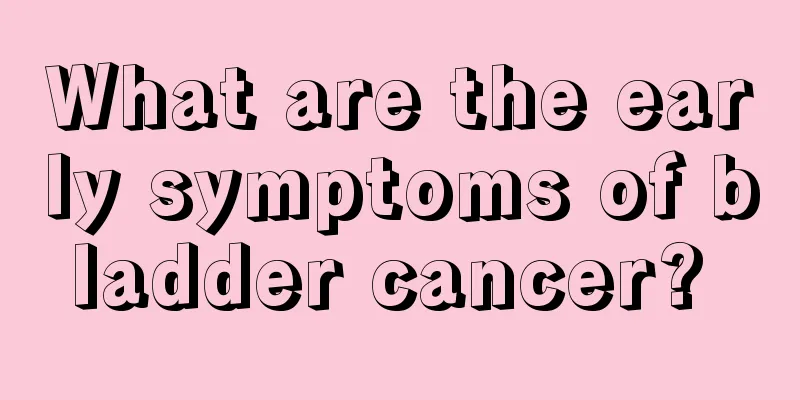What are the nursing measures for lung cancer patients undergoing chemotherapy? Lung cancer patients undergoing chemotherapy must follow these nursing principles

|
Any malignant tumor will be treated with chemotherapy or radiotherapy after the disease is treated. However, no matter what treatment method is used, what we must know is what to do to alleviate the patient's clinical pain to the greatest extent. Moreover, for patients with lung cancer, because we do not have enough clinical treatment experience, we need to continuously accumulate experience in the clinical treatment of this disease. Before chemotherapy, explain to the patient the purpose, method, and possible toxic and side effects of chemotherapy. Avoid eating within 2 hours before and after treatment. If nausea or vomiting occurs, slow down the drug infusion rate or give 10-20mg of metoclopramide intramuscularly as prescribed by the doctor. Closely observe changes in blood counts and check the total white blood cell count 1-2 times a week. When the total white blood cell count drops to 3.5×109/L, report to the doctor in time and suspend chemotherapy drugs. Give drugs such as leucocytes and shark liver alcohol as prescribed by the doctor to promote the body's hematopoietic function. When the total white blood cell count drops to 1×109/L, transfuse white blood cells and use antibiotics as prescribed by the doctor to prevent infection, and perform protective isolation. After chemotherapy, patients often have reduced salivary gland secretion, dry mouth, and decreased oral pH, which can easily lead to periodontal disease and oral fungal infection. Oral care can be done by gargling with salt water and boric acid solution and applying nystatin topically. Pay attention to the protection and rational use of veins. When administering drugs intravenously, drug-free liquid should be infused before and after the infusion of chemotherapy drugs to prevent leakage of the drug solution and tissue necrosis, and to reduce the stimulation of the blood vessel wall. If the chemotherapy solution accidentally leaks, the infusion should be stopped immediately, and 10-20 ml of 0.5% procaine solution should be used to block the local area quickly, and cold compress with ice packs, and local application of fluocinolone or hydrocortisone ointment to reduce tissue damage. Avoid hot compresses to avoid aggravating tissue damage. For patients who suffer from dry skin, pigmentation, hair loss and nail bed deformation due to drug toxicity, they should be given explanations and comfort, and told that hair can regrow after stopping the drug to eliminate their concerns. Above, our experts have given relevant nursing principles for the aspects that need to be paid attention to in chemotherapy for diseases such as lung cancer. However, there are still many things that we need to pay attention to for patients with lung cancer, because patients will cough up sputum. For this reason, we should tell patients how to eat and how to drink water. This will increase patients' hope for life and maximize the treatment effect of patients. |
Recommend
People who often stay up late should pay attention!
Due to the high pressure of life and work nowaday...
We need to be aware of the symptoms of malignant melanoma
Malignant melanoma is a tumor that is very harmfu...
Why do my eyes itch when I have a cold?
Colds are a common disease in normal times. There...
Leg shaking is a disease but has nothing to do with kidney deficiency
No matter where we are, we always see some people...
Brief analysis: Early symptoms of brain cancer
What are the early symptoms of brain cancer? Brai...
What kind of shrimp is fresh_How to tell if the shrimp is fresh
Shrimp is probably a seafood that many people lik...
How to choose diapers
Diapers are an important item for children. We ne...
How should a five-year-old child be educated?
Parents' educational methods should also chan...
Special Chinese medicine therapy for ovarian cancer after surgery
Ovarian cancer is a common malignant tumor of the...
How to retract protruding lips
Nowadays, more and more people have higher and hi...
What are the conservative treatments for lung cancer? There are 5 dietary regimens for lung cancer patients
The incidence of lung cancer has been increasing ...
Why are there ants on the bed
In our lives, many people do not pay attention to...
Do you know about the genetic issues of nasopharyngeal carcinoma?
Is nasopharyngeal carcinoma hereditary? The incid...
Is there anything that can replace conditioner for hair care?
We all know that using conditioner is a better wa...
Treat onychomycosis with vinegar and garlic foot bath
Onychomycosis is a common disease that can be tre...









